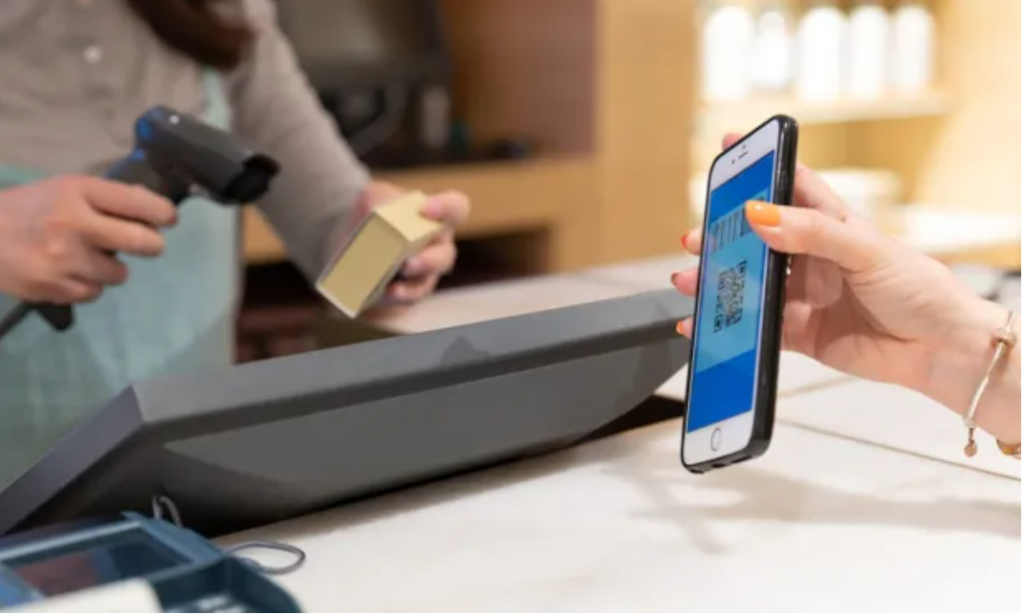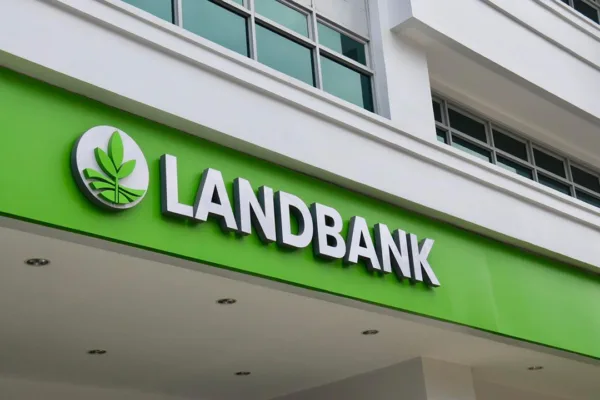According to Statista, the total transaction value in the digital payments market in the Philippines is projected to reach US$43.65 billion in 2024. This value is expected to show an annual growth rate (CAGR 2024-2028) of 8.91 per cent, resulting in a projected total amount of US$61.41 billion by 2028.

IMAGE CREDIT: https://www.pymnts.com/
Encouraged by this report, the Bangko Sentral ng Pilipinas (BSP) has since expressed confidence that the sustained rise of digital payment technologies will continue to facilitate the efficient delivery of financial services to the unbanked and micro-, small-, and medium-scale enterprises (MSMEs).
Citing the exponential growth of the sector, BSP Deputy Governor Mamerto Tangonan has shared in a recent press statement that “In 2013, we started with a mere one per cent share of digital to total retail payments. Fast forward to 2022, and we saw a whopping 42.1 per cent share in digital retail payments transactions.”
“I believe that we have already reached our 50-per cent target by the end of 2023,” he added.
Tangonan credits the significant strides in digital payments to the implementation of the BSP’s 2020-2023 Digital Payments Transformation Roadmap (DPTR), which he said has since earned full support from the Philippine central bank’s public and private sector partners.
The impact of digital transformation at the grassroots level
According to the BSP executive, the impact of this continuing digital transformation is already made evident at the grassroots level.
Lorna Ortiz and Gloria Santiago, merchants at Carmona Public Market in Cavite, vouched for the tangible benefits in their business from the digital platforms under the Paleng-QR Ph Plus program.
“Nearly all vendors here in Carmona are using QR Ph codes,” shared Ortiz. “It is seamless, cashless, and directly credits my online transactions to my bank or e-wallet account.” She also talked about the added advantage of easily tracking sales and overseeing transactions.
Santiago echoed the same sentiment as she shared the benefits of using the QR Ph code, saying, “My past challenges in handling payments and transactions have been addressed with the adoption of this digital technology.”
The Paleng-QR Ph Plus program is just one of several digital payment initiatives of the BSP.
The Bills Pay Ph has also been launched to unify the country’s fragmented “bills payment system” and allow users to pay their bills whether or not they have an account with their billers’ payment service provider.
This particular initiative has two objectives: 1) to streamline financial processes, and 2) to bridge the gap between those with and without access to financial services. Through these digital payment facilities, an even greater portion of the population can now actively participate in the formal economy.
Tangonan also shared that the Philippine central bank is now charting the next phase of the country’s digital journey under the 2024-2026 digital payments transformation roadmap, so better watch out for it.








